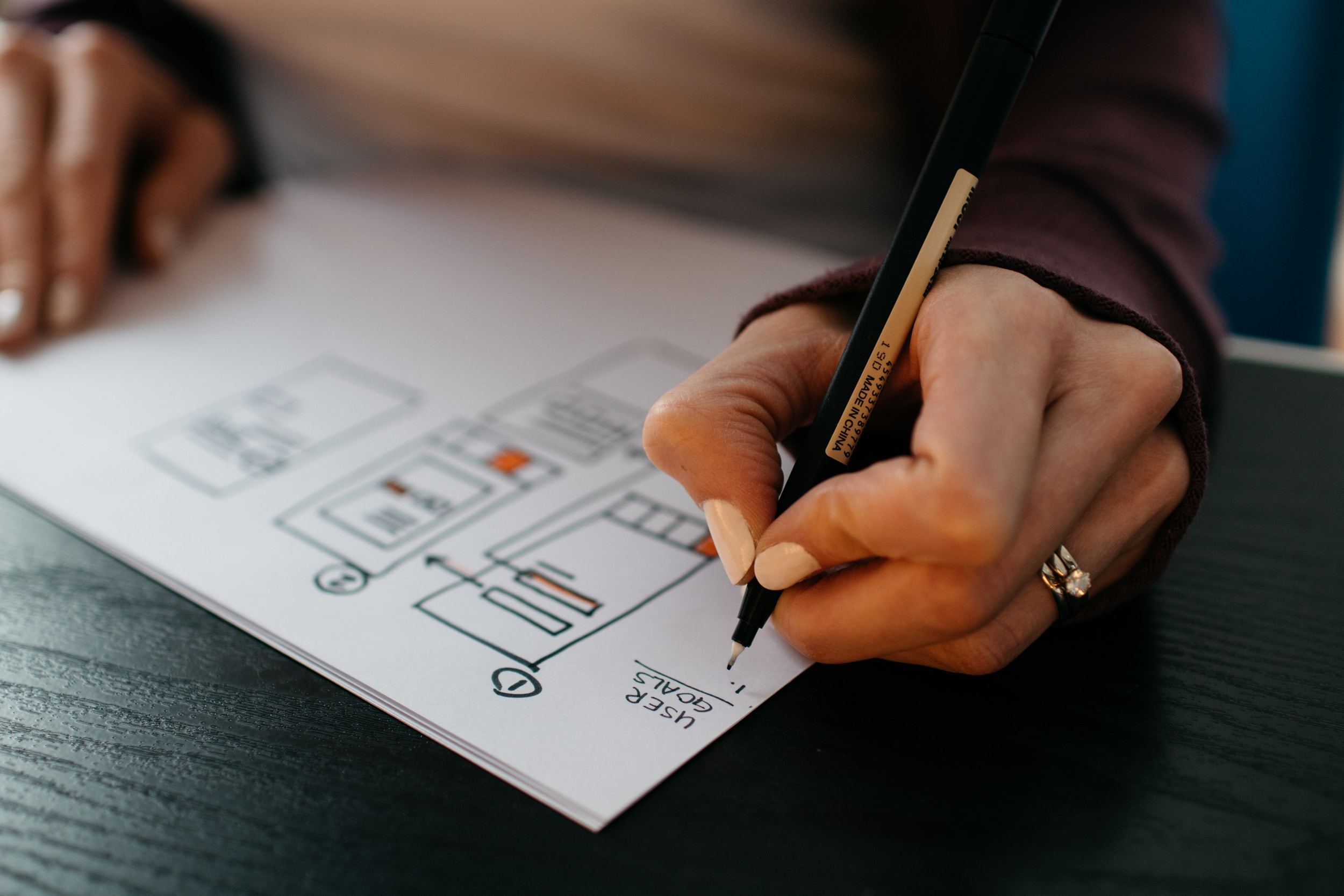Creativity in Five Steps
Creativity is frequently connected with artists, musicians, and authors. Creativity, however, is not limited to these domains. Anyone can be creative, whether it's creating a new food item, painting a picture, or solving a challenging problem.
Being creative has numerous advantages. For one thing, it allows you to express yourself in a unique way. It can also help you see the world from a different point of view and come up with new ideas and ways to solve problems.
There are numerous ways to express creativity. Some people have an innate knack for it, while others may need to put in a lot of time and effort to become creative. Nonetheless, there are a few fundamental ideas that all creative individuals share.
The first is that innovation necessitates some degree of risk-taking. This means you have to be willing to try new things and experiment, even though you might fail.
Second, creative individuals can frequently think outside the box. They don't mind challenging the way people usually think or coming up with new ideas that may seem crazy at first.

Lastly, creative individuals are typically quite passionate about their profession. They are always in search of novel ways to convey themselves and their thoughts.

It's hard to be creative. Finding your own creative potential takes bravery and time. Creative thinking is not about creating anything new from scratch, but about integrating existing elements in new ways. Your capacity to recognize connections between ideas is crucial to your ability to think of novel combinations. When you take two established concepts and find a way to connect them in a novel way, you may say that you have engaged in creative activity.
This five-stage procedure, however, should make the creative process less mysterious and shed light on how to think more creatively.
1. Information Gathering:
An individual initially acquires knowledge. Here, you'll learn both the specific information you need to do your job and the more general information you need to satisfy your growing interest in many different topics. If you always perform tasks in the same manner, you will not generate fresh ideas. So, push yourself to try new things and approach difficulties from a variety of viewpoints.
2. Facts Examining carefully
In this step, you analyze the information you've learned by looking at it from different angles and trying to figure out how it all fits together.
3. Take a Break
Get your mind off of it for a while. You stop thinking about the problem and do something that makes you happy and gives you energy.
4. Let The Mind Wander Back
Just let your mind wander back to your thoughts. Your idea will come back to you with a flash of understanding and fresh energy at some point, but only when you've stopped thinking about it for a while.
5. Feedback
Make adjustments to your plan as needed after receiving criticism. Every good concept needs to be sent out into the public, where it may be critiqued and refined.
Creativity is the act of establishing novel associations among previously established concepts. Being creative is not about coming up with an idea first or being the first one to do so. There are several things you can do to become more creative. First, attempt to be open to new concepts and viewpoints. Second, do not fear experimentation. And finally, do not fear failure. Failure is a natural part of making something new, and we often learn from our mistakes.